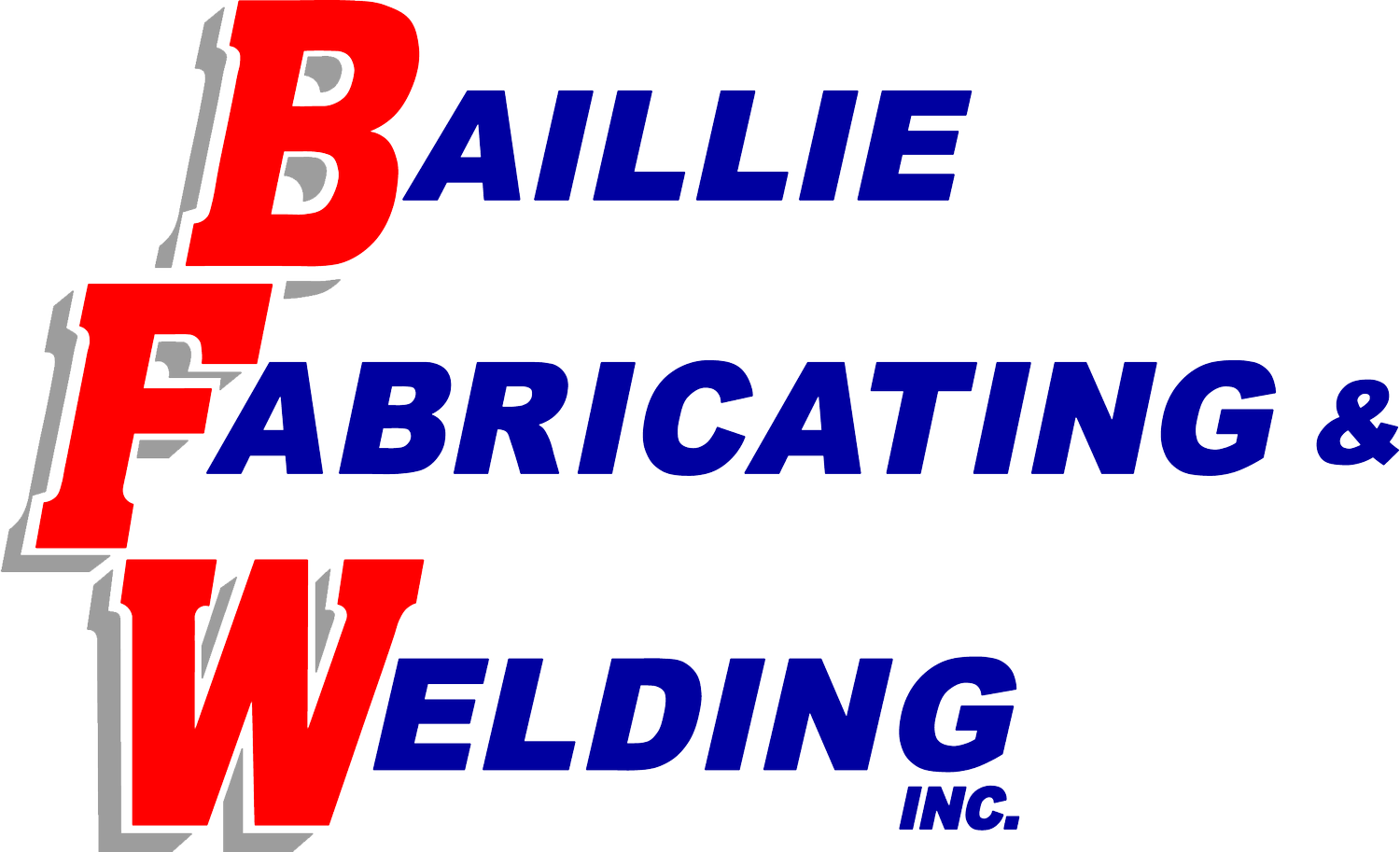The Secrets of Cost-Effective Welding Services: Strategic Choices in Fabrication
Welding is a critical process in any sheet metal fabrication project, creating a strong, reliable sheet metal assembly that performs for the long-term. With so many welding techniques available to a fabricator, selecting the best approach is a strategic decision that can dramatically impact both cost-efficiency and functionality.
That’s why it's critical to partner with an experienced metal fabrication shop like Baillie Fabricating and Welding. We can collaborate with you in the design stage to determine the optimal way to join your parts. By selecting the right welding technique—or even opting for bending instead of welding—you’ll improve production efficiency and ultimately reduce your costs.
The First Question: Can We Eliminate This Weld Entirely?
Before we begin any project, we discuss designs and applications with customers to help them optimize for cost. If we see a weld specified, our first question is always: Is this weld necessary?
Whenever possible, we recommend bending instead of welding. Welding is a skilled and labor-intensive process that can quickly increase your project’s costs. If you choose to bend instead, you can reduce labor expenses, speed up production, and achieve a cleaner appearance.
That said, many situations do require a weld—as just one example, materials like thick aluminum are prone to cracking when bent, so we always recommend welding. But when approaching any project, we always carefully assess your materials and application to determine if a weld is necessary.
Cost-Saving Strategies: Our Recommendations for Efficient Welding
When we discuss designs with customers, we often identify specific welding choices that could increase costs or complexity. While some welding decisions are simple—for example, when it comes to structural welds, we adhere to industry standards outlined by the American Welding Society (AWS)—other decisions require expertise to minimize complexity and keep costs down. Some of our most common recommendations include:
Use Corner Welds to Minimize Distortion
In most of our sheet metal work—typically with gauges under 3/16”—we prefer corner welds. Welding in corners creates a clean, stable joint with minimal distortion in non-structural welds. By contrast, a long weld in the middle of a large sheet can cause significant warping, and the product likely will not be able to stay flat.
Allow Exterior Welds to Reduce Production Costs
Interior welds are labor-intensive and costly, particularly when cleaning and polishing are required in these hard-to-reach areas. To save on costs, we almost always recommend exterior welds.
Certain applications, such as those within the food and medical industries, require interior welds with a perfectly smooth finish to prevent bacteria buildup. In these cases, we can perform interior welds and polish them as necessary, but we always make sure customers understand the additional costs involved.
Leverage Fuse Welding for Small, Non-Structural Welds
Many customers come to us looking for the smallest possible weld with minimal distortion and cleanup on materials 16 gauge and thinner. If structural support is not required, we often recommend fuse welding, where the joint is pressed as tightly as possible, and we essentially melt the parts together without additional filler material. This can be a fast, cost-effective option for small thin gauge assemblies.
Understand the Differences Between MIG vs. TIG Welding
MIG welding and TIG welding serve very different purposes in sheet metal fab. MIG welding is a semi-automatic process that allows for quick, large welds but produces more excess material. In TIG welding, you create smaller, more precise welds with a cleaner finish.
Selecting the right method depends on factors such as material thickness, desired aesthetics, and required production speed. But we always base our recommendations on project needs after in-depth discussions with customers.
Partner With Experts to Optimize Your Welds
The right weld will impact the strength, efficiency, and cost of your project. However, with so many welding options available, it can be hard to navigate this decision. At Baillie Fab, we’re ready to help you determine the most cost-effective and functional solutions.
Request a quote today and let our welding and fabrication shop optimize your project for success!

